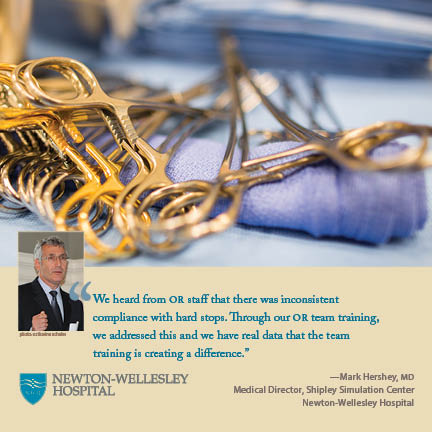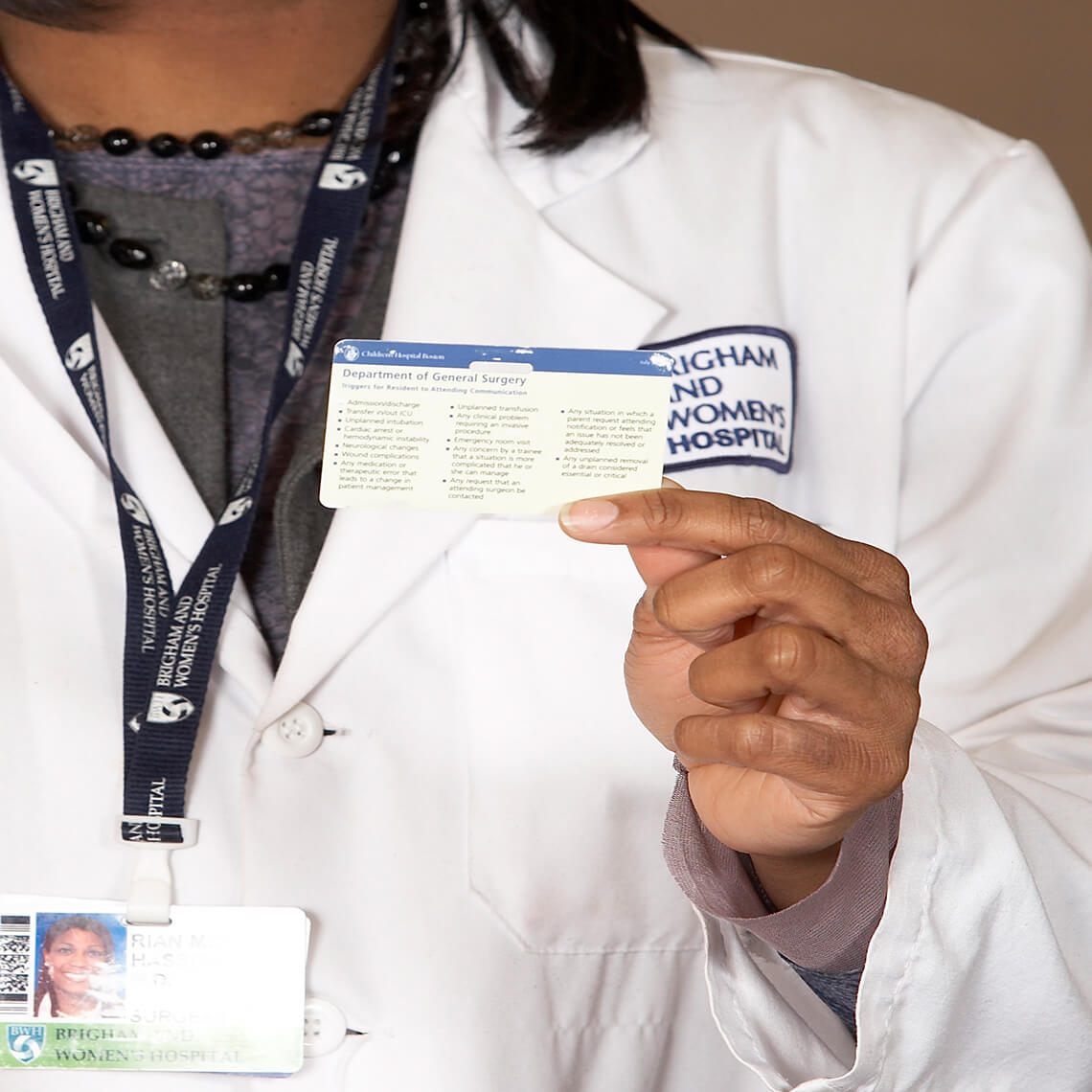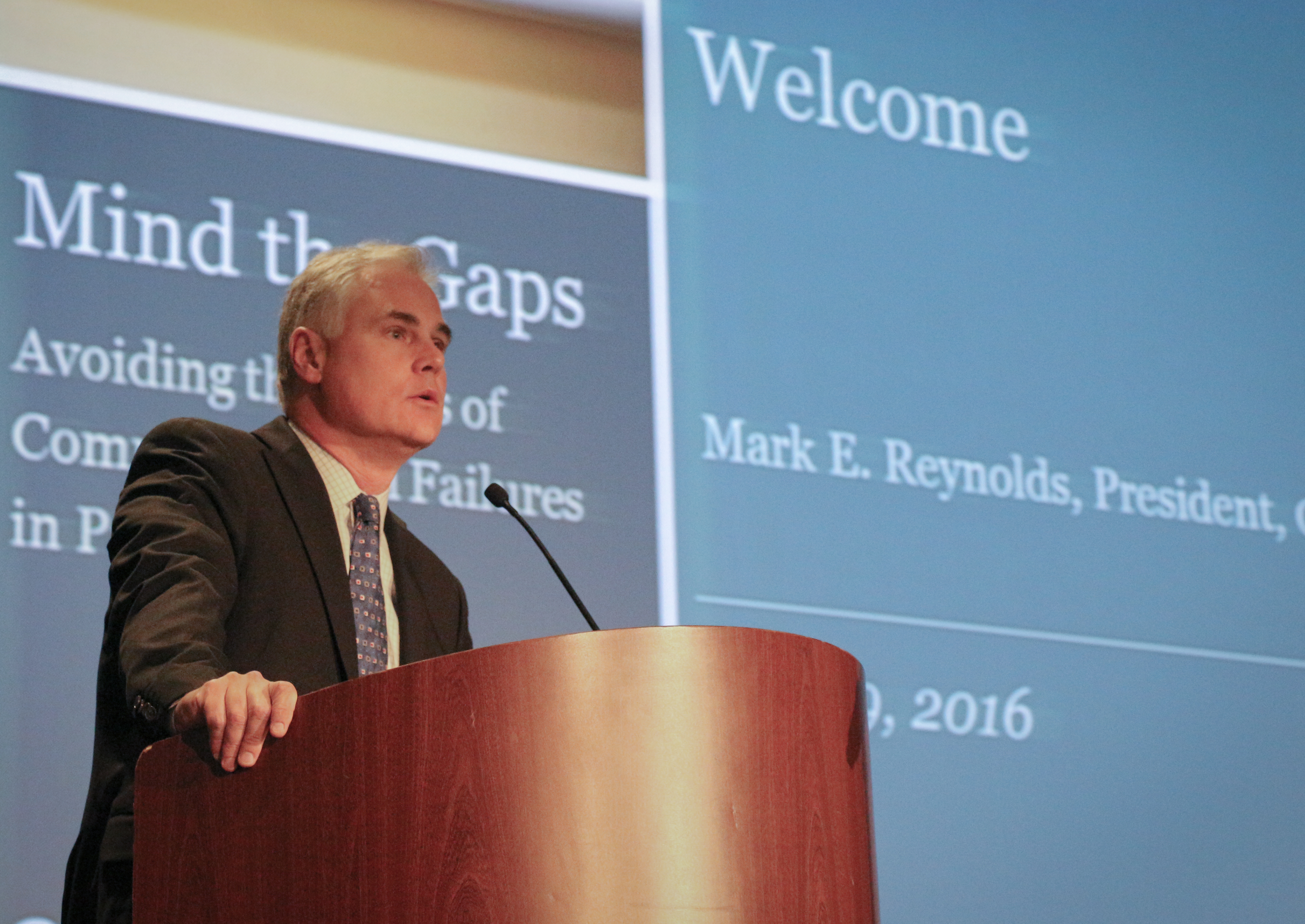Blog Post
April Safety Salute | Newton-Wellesley Hospital Shipley Simulation Center
CRICO and the Harvard medical community have been using simulation training to help reduce preventable medical harm since 2000, when CRICO introduced its first incentivized simulation program for anesthesiologists. Those who completed crisis response simulation training at the Cambridge, Massachusetts–based Center for Medical Simulation, received a premium rebate. Since then, the program has expanded to include OB, ED, and OR team training.
Seeing the value in simulation training, many institutions have invested in creating simulation training centers on their campuses, such as the Shipley Simulation Center. On it’s website, Ann Mullen, BSN, CCRN, program manager of the Shipley Simulation Center, is quoted saying:
“ By creating a safe, simulated environment, we are able to train nurses, physicians and other members of the health care team in an atmosphere that creates a sense of comfort and confidence,” says Ann. “Some situations in the clinical setting require very specific technical skills that can only be learned through practice. The Simulation Center allows us to practice these skills without any risk.”
We spoke with the medical director of the Shipley Medical Simulation Center, Mark Hershey, MD, who is also an anesthesiologist and co-director of the ICU at NWH. He told us that what is really exciting about the program is that they can see—and measure—the results. For the great strides the Shipley Simulation Center is making in patient safety, we featured it in our 2015 printed calender (seen below).

Related Blog Posts
Investing in Patient Safety


Mind the Gaps: Learning How to Avoid Miscommunication Pitfalls
January Safety Salute | MedStar Health Creating a Just Culture

